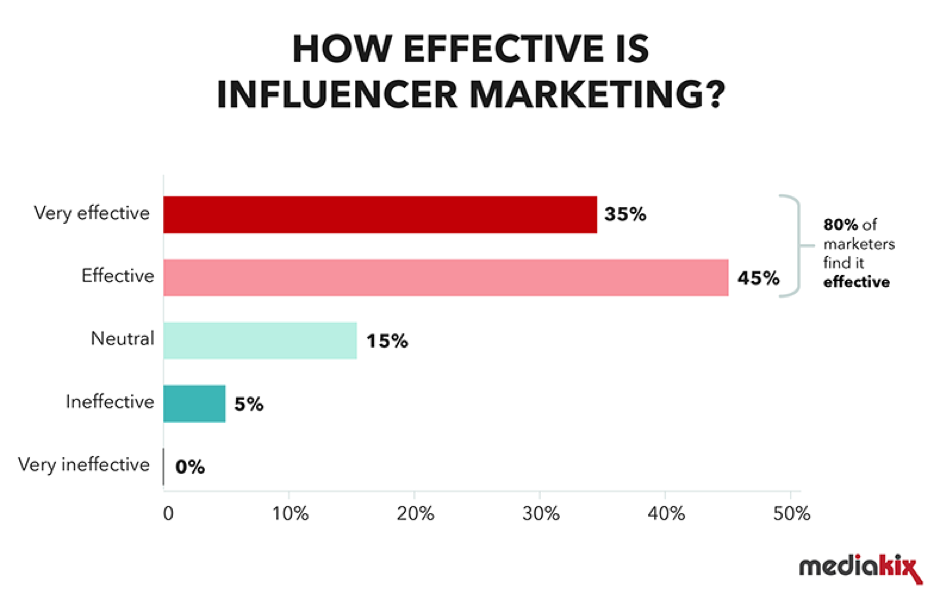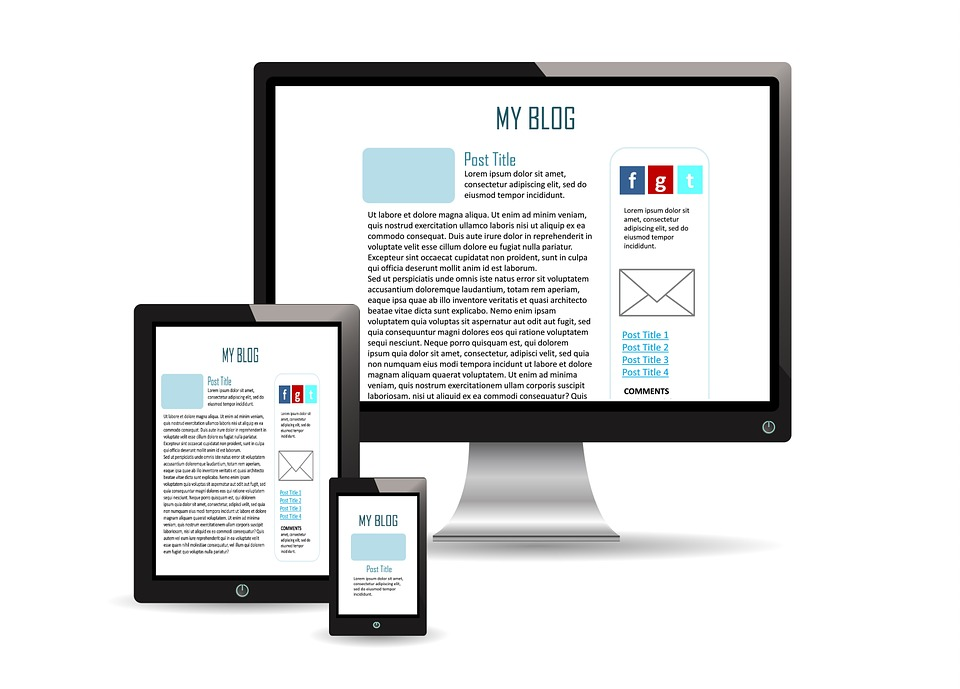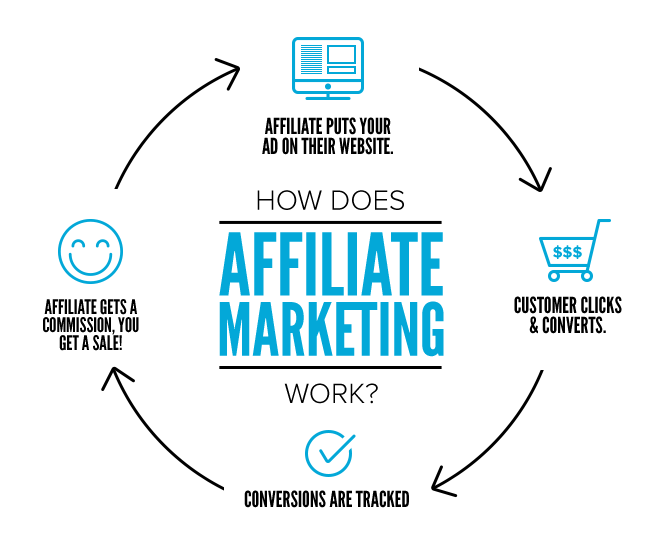Interviewing an industry influencer is an epic (and cost-effective!) way to help you win your first online sale.
Making your first online sale is a big thing. It’s exciting. It’s symbolic. It brings a feeling of optimism and reassurance.
But how do you get to that point? Winning your very first customer can seem like a long and gruelling battle.
It doesn’t have to be so hard.
We’ve put together a list of eight expert tips on making your first sale online. (And guess what? They are so easy to implement that anyone can make them work!)
1: Build Up an Email List
This tip is super important (that’s why we’ve pushed it right to the top of the list!). Creating an email list is essential to making your first sale online, and the best part is that it doesn’t have to cost you a thing!
Why wait for customers to find your products when you can deliver them straight to their inboxes? Even if you’ve got a massive following on social media (we’ll come to that later), having a list of subscribers enables you to deliver tailored product information and content in specific time zones.
Put “building an email list” at the top of your To-Do schedule. It really is that crucial to your success.
2: Interview Influencers
Think about it; interviews offer a win-win situation. The interviewee (the influencer) gets extra exposure while the interviewer (your amazing self!) gets their hands on hot promotional material.

As a new brand, you will most likely want to keep costs low, so it may be a good idea to work with micro-influencers who can provide you access to small, targeted audiences. These influencers actively engage with their loyal followers so make sure you make your interview about their lives as well as your industry.
3: Fine Tune Your Product Descriptions
Let’s be frank; you will only make a sale if your audience likes your products.
The online world is bursting with products, so you need to make sure that your customers understand how your products will benefit them. Before you even think about putting your products on your site, go over your product descriptions with a fine-tooth comb.
Are your descriptions clear and detailed? Do they provide all the relevant information and benefits to the customer? Do they come with high-quality images or other media?
Whether or not your customers decide to buy your products will heavily depend on the information you provide. You want to make sure that your customers can find out everything they need to know about your products without having to look elsewhere. A good way to do this is to think about the kinds of questions your target market is likely to ask.
For instance, are the clothes you’re selling available in different material options? Are there any specific washing instructions that your customers should be aware of?
The more relevant information you can provide, the more likely your customers are to stay on your site and trust your brand.
Bonus Tip: Amazon has specific writer guidelines for product descriptions so don’t forget to researchtips for selling on Amazon if you are planning to sell your products on that platform.
4: Get Blogging!
If you aren’t running a blog associated with your online store or product, you’re missing out on the endless possibilities that come with content marketing.

Before you put pen to paper, think of all the starting-point questions your customers may have about your industry and then use your blog to approach these topics as individual posts.
For example, the Customerthink blog covers a variety of topics such ascustomer service mishaps andcustomer loyalty statistics.
Creating a blog allows you to produce free and valuable content that builds trust in your brand and keeps people informed. Good quality blog posts will also give you valuable content to share on social media and help you rank in search engines.
If you’ve got an online store, start a blog. It’s a no-brainer!
5: Streamline Your Checkout System
You’re getting plenty of visitors to your site, your product descriptions are on fire, but the online sales are still not coming through.
The problem may be with your checkout process.
Customers shop online because it’s quicker and more convenient than visiting a physical store. With that in mind, your customers may decide that it isn’t worth continuing with the sale if the process is too complex or it is taking too long.
You need to make your checkout process as simple as possible. Avoid giving your customers too many questions to answer or long-winded forms to fill in. Each extra step in the checkout process is a chance for your customers to change their minds and pull out of the sale.
It’s also a good idea to provide your staff withcontact center training so that you have a live team on hand to deal with customer queries as and when they arrive. (Don’t forget to research “what is jitter?” to ensure any video training is of the highest quality.)
6: Offer Affiliate Opportunities

Why take on the load yourself when you can share the task of selling your products online?
Affiliate marketing is when you allow other people to market your products and send you website traffic. In return, you pay them a percentage of any sales that you make from their efforts.
The good thing about this type of marketing is that you only pay when you get paid!
Give it a try—it’s completely risk-free after all!
7: Send Free Stuff to Influencers
As we said earlier, many industry influencers have loyal audiences and large followings on social media.
Sending these influencers a free sample of your product is a great way to potentially get a mention on one of their platforms. And of course, if this happens, you’re almost certainly going to see a spike in website traffic and social media followers!
8: Spread the Word!
You know the saying, it’s not always what you know, but who you know!
The first people to know about your business will probably be your family and friends, so use their help to get your first sale. If your product solves a problem for anyone in your circle, sell them the benefits, just like you would to a customer online.
You can also reach out to your personal network on social media where you’re likely to be connected to many more people than in the physical world.
Your first sale is a significant milestone, no matter where it comes from!
The Bottom Line…
Remember, you don’t have to be a marketing expert or even have experience to succeed in selling online. Just follow these eight expert tips and you’ll be one step closer to winning that all-important first sale.



